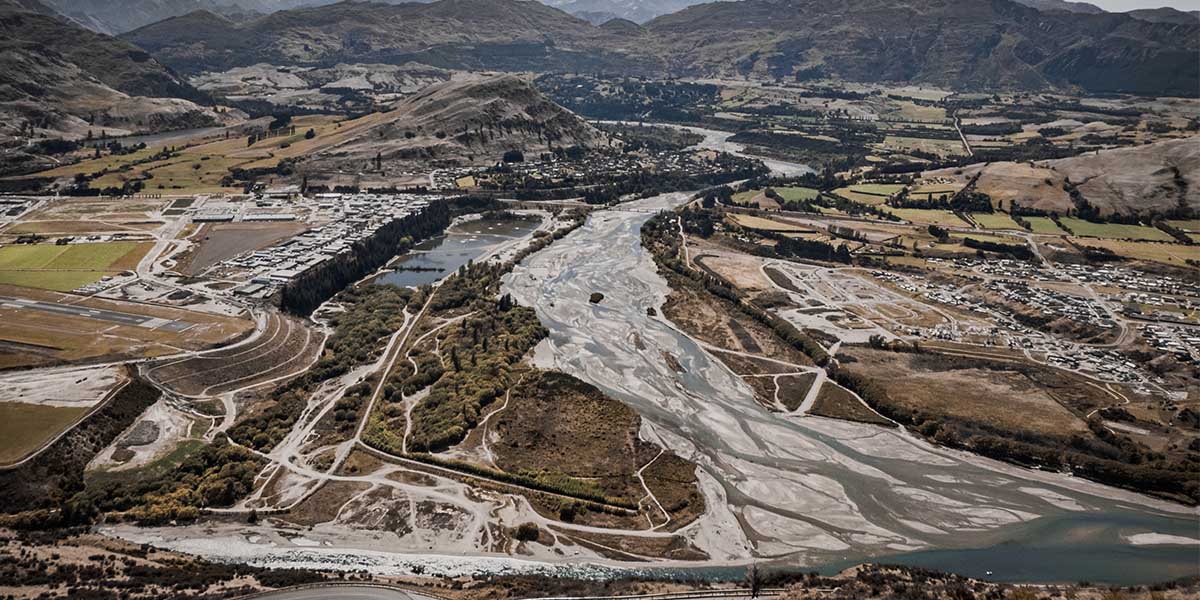A new study, led by Dartmouth researchers and published in Nature, reveals a distressing trend. Mining for gold and minerals close to rivers in the tropics is causing severe environmental damage in 49 countries. The research marks the first comprehensive investigation into how these mining activities are affecting river systems on a global scale, and the findings are alarming.
The hidden cost
Mining may bring jobs and money into an area, but it also comes with a hidden cost to our environment, particularly our rivers. The process of mining requires extensive excavation, which leads to deforestation and soil erosion. These excavations often dump excess materials into nearby rivers, affecting aquatic life and water quality. Furthermore, the sediment from mining can carry dangerous toxins like mercury far downstream, putting both human health and natural ecosystems at risk.
Evan Dethier, the study’s first author and an assistant professor at Occidental College, highlights the unprecedented scale of the problem. “For hundreds, if not perhaps, thousands of years, mining has been taking place in the tropics but never on the scale as we’ve seen over the past two decades,” he said. “The degradation of rivers from gold and river mining throughout the tropics is a global crisis.”
The unseen damage
To fully grasp the impact, researchers gathered a plethora of data from media, literature, mining company reports, and satellite imagery. They recorded over 7.5 million measurements across tropical rivers from 1984 to 2021.
The findings were staggering: sediment and pollutants were being dumped into rivers by 400 mining districts across 49 countries. This sediment travels an average of 100 to 200 kilometers but can go as far as 1,200 kilometers—nearly the distance from Bangor, Maine to Richmond, Virginia in the U.S.
A significant surge
Of those 49 tropical countries, over 80% of mining sites are located within 20 degrees of the equator in South America, Africa, Asia, and Oceania. Notably, there was a significant increase in mining in the 21st century, with 60% of the sites emerging after 2000 and 46% after 2006, coinciding with the global financial crisis.
The data showed that gold and mineral mining affects more than 35,000 kilometers of tropical rivers worldwide, approximately 6% of the total length of tropical rivers. Mining caused suspended sediment concentrations to double at 80% of the 173 rivers studied, relative to pre-mining levels.
“These tropical rivers go from running clear either throughout the year or at least through part of it, to either being choked with sediment or muddy year-round,” Dethier explained.
Biodiversity at risk
David Lutz, a senior author and a research assistant professor of environmental studies at Dartmouth, highlights that many of these affected rivers are among the most biodiverse places on Earth. “The challenge here is that there are many species that could potentially become extinct before we even knew they existed,” says Lutz. Measuring the severity of the problem, the study found that the cloudiness, or “turbidity,” in two-thirds of the examined rivers exceeded the recommended guidelines for protecting fish.
While gold accounts for nearly 80% of the mining sites, diamonds, cobalt, nickel, and other minerals essential for our daily gadgets and green energy solutions are also extracted, particularly in Africa and Southeast Asia. “These minerals are becoming increasingly necessary as we transition away from fossil fuels to clean energy,” says Dethier. However, the societal cost of mining, such as environmental degradation and corruption, cannot be ignored.
The researchers advocate for responsible mining practices and urge policymakers to collaborate with stakeholders to mitigate these environmental and social impacts. In an era where our phones, electric cars, and sustainable technologies require these minerals, mining is inevitable. It is imperative to adopt responsible mining practices and sustainable solutions to mitigate the environmental and social impacts, thereby preserving our planet’s lifeblood—our waterways.
Read more about how Vale, the largest iron ore producer in the world, successfully controls algae in their tailing dams with an environmentally friendly solution, MPC-Buoy. And how the same solution can also improve water quality in mining operations in the Philippines, PGPRC.
